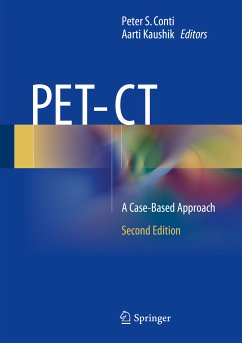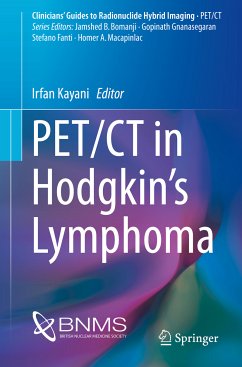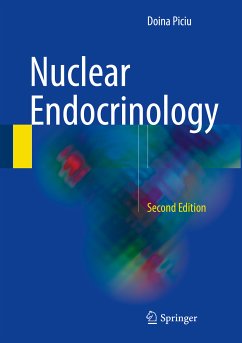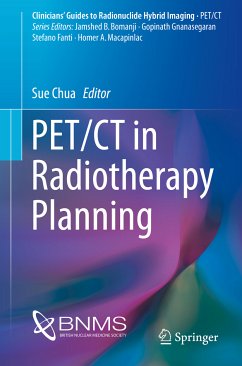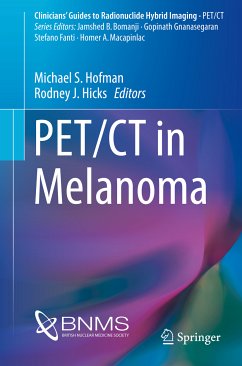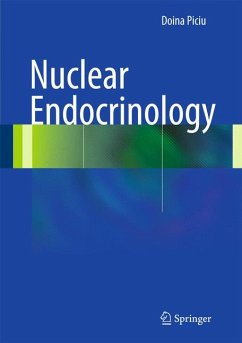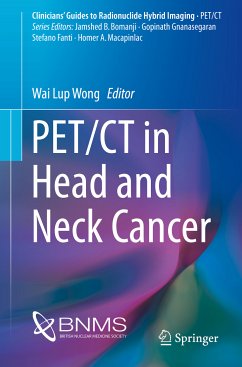
PET/CT in Neuroendocrine Tumors (eBook, PDF)
Versandkostenfrei!
Sofort per Download lieferbar
60,95 €
inkl. MwSt.
Weitere Ausgaben:

PAYBACK Punkte
30 °P sammeln!
This pocket book provides up-to-date descriptions of the most relevant features of neuroendocrine tumors (NETs) and the imaging modalities currently available to assist specialists (clinicians, pathologists, radiologists, nuclear medicine physicians) in selecting optimal patient management based on interdisciplinary collaboration. As the title indicates, the focus is particularly on PET/CT, with coverage of basic principles, the available radiopharmaceuticals, indications, typical and atypical appearances, normal variants and artifacts, advantages, limitations, and pitfalls. In addition, succi...
This pocket book provides up-to-date descriptions of the most relevant features of neuroendocrine tumors (NETs) and the imaging modalities currently available to assist specialists (clinicians, pathologists, radiologists, nuclear medicine physicians) in selecting optimal patient management based on interdisciplinary collaboration. As the title indicates, the focus is particularly on PET/CT, with coverage of basic principles, the available radiopharmaceuticals, indications, typical and atypical appearances, normal variants and artifacts, advantages, limitations, and pitfalls. In addition, succinct information is provided on the use of other imaging modalities, including SPECT, CT, and MRI, and on pathology and treatment options. Imaging teaching cases are presented, and key points are highlighted throughout. The book is published as part of a series on hybrid imaging that is specifically aimed at referring clinicians, nuclear medicine/radiology physicians, radiographers/technologists, and nurses who routinely work in nuclear medicine and participate in multidisciplinary meetings.
Dieser Download kann aus rechtlichen Gründen nur mit Rechnungsadresse in A, B, BG, CY, CZ, D, DK, EW, E, FIN, F, GR, HR, H, IRL, I, LT, L, LR, M, NL, PL, P, R, S, SLO, SK ausgeliefert werden.





